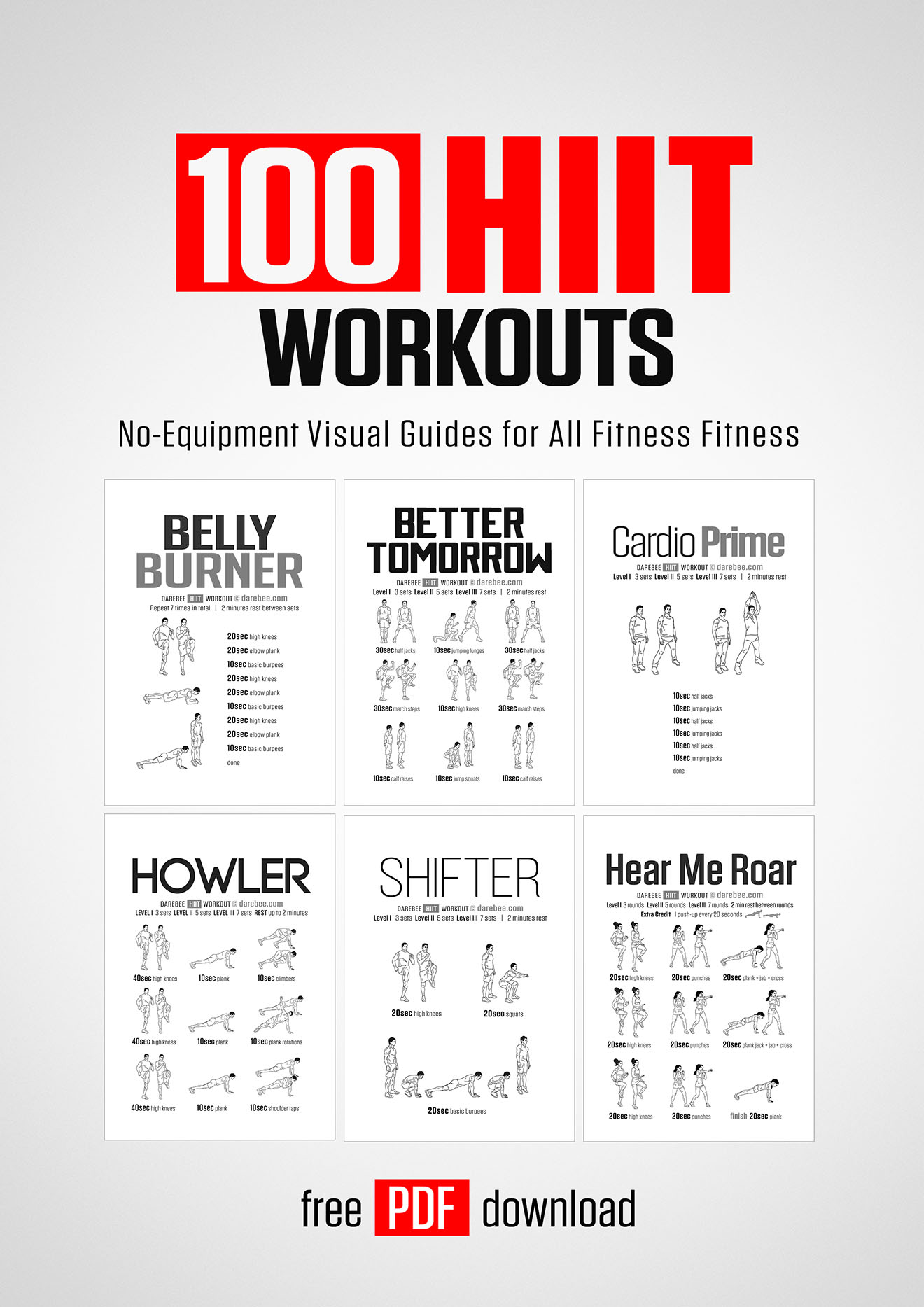Rise by Six: Your Daily Dose of Inspiration
Explore insights and stories that elevate your day.
Get Fit Fast with HIIT: The Workout that Works Overtime
Unlock your fitness potential! Discover the power of HIIT and get fit fast with workouts that deliver results in record time.
Understanding HIIT: What Makes High-Intensity Interval Training So Effective?
High-Intensity Interval Training (HIIT) is a popular workout method that alternates between short bursts of intense exercise and brief recovery periods. This structure not only maximizes calorie burn during the workout but also stimulates an increased metabolic rate that can last even after the workout is complete, a phenomenon known as excess post-exercise oxygen consumption (EPOC). Research shows that HIIT can be more efficient than traditional steady-state cardio, allowing individuals to achieve significant fitness benefits in shorter timeframes.
One of the primary reasons behind the effectiveness of HIIT lies in its ability to engage multiple muscle groups and improve cardiovascular fitness. This training style challenges your body to adapt quickly, leading to superior gains in both strength and endurance. Additionally, HIIT can easily be tailored to fit diverse fitness levels by adjusting the intensity and duration of intervals. Ultimately, whether you're looking to lose weight, build muscle, or enhance athletic performance, understanding HIIT can help you incorporate effective workouts into your routine with maximum results.

10 Tips to Maximize Your HIIT Workouts for Rapid Results
High-Intensity Interval Training (HIIT) is a powerful workout technique that can yield rapid results when done correctly. To get the most benefit from your sessions, consider implementing the following 10 tips. First, focus on the quality of your movements. Ensure that you are using proper form and technique to avoid injuries and maximize efficiency. Second, tailor your HIIT workouts to match your current fitness level; pushing too hard too soon can lead to burnout or injury. Gradually increase the intensity and duration of your intervals as your fitness improves.
Additionally, pay attention to your recovery time between intervals. Shorter recovery can intensify your workout, but it should be balanced with your current conditioning level. Third, integrate a variety of exercises into your HIIT routine, including cardio and strength training, to engage different muscle groups and keep your body guessing. Fourth, don't overlook nutrition. Fueling your body with the right nutrients before and after your workouts is crucial for recovery and performance. Finally, track your progress; maintaining a workout journal can help you see improvements and motivate you to stick with your HIIT regimen.
HIIT vs. Traditional Cardio: Which Fitness Approach is Right for You?
HIIT, or High-Intensity Interval Training, has gained immense popularity due to its efficiency and effectiveness. This approach involves short bursts of intense exercise followed by brief recovery periods, allowing you to maximize calorie burn in a shorter amount of time. For busy individuals looking to fit fitness into their hectic schedules, HIIT can offer an ideal solution. Studies suggest that incorporating HIIT into your routine can lead to improved cardiovascular fitness, increased metabolism, and even fat loss, making it a tempting option for many.
On the other hand, traditional cardio methods, such as running, cycling, or swimming, focus on sustained, moderate-intensity activity over longer periods. This approach is often favored by those who enjoy a more steady workout rhythm and can be less intimidating for beginners. While traditional cardio can build endurance and promote heart health, it typically requires a greater time commitment to achieve similar caloric burning effects as HIIT. Ultimately, the choice between HIIT and traditional cardio depends on your fitness goals, personal preferences, and lifestyle. Evaluating these elements will help you determine which fitness approach is right for you.